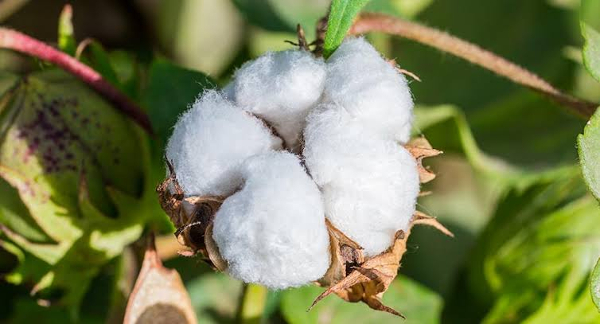NEW DELHI: For about 600 years, Mleiha was the political centre of southeast Arabia before it was abandoned in the 3rd century CE. And for decades, the emergence of the tropical cotton plant in the arid Arabian peninsula has been a question archaeologists have tried to answer. Oman, they had concluded, was the source of the ancient Arab cotton trade. But now, scientists from the Museum of Natural History in Paris have found evidence in Mleiha that the earliest cotton in the Arab region came from northwest India.
“This, along with archaeological and textual evidence of developed cotton production centres in Indo-Pakistani regions show that long-distance sea-borne trade between the Oman Peninsula and western India was well-established by early 1st millennium CE,” lead scientist Dr Saskia Ryan told TOI.
While their findings do not push back dates for the earliest known Indo-Arabian trade, which goes back to the 3rd millennium BCE, it shows that the exchange was much wider than earlier thought and how a plant of tropical origin appeared in the arid Arabian peninsula. The latter was the question with which they had started out.
The paper, published in Nature journal ‘Scientific Reports’, said a Greek handbook for merchants compiled by an Alexandrian sailor in the 1st century CE identified Ozênê (Madhya Pradesh), Masalia (Andhra Pradesh) and Abêria (Between Barygaza and Ozênê) as places where cotton was produced.
Just around that time, there was a proliferation of cotton in the Middle East. But while archaeological evidence like peppercorns from Kerala and Asian rice from western India at the burnt down building indicated trade with India, the fortress also had Egyptian amphorae, glass vessels and Nubian lamps. So, the cotton remains could have been from other places like Mesopotamia or Egypt.
The “Old World”, a pre-American conception of Africa, Asia and Europe, cultivated two kinds of cotton — a variety from the Indian subcontinent and another from the African continent. The Indian variety, Gossypium arboreum, was domesticated in northwest India between the 6th and 4th millennium BCE and then spread south from the 3rd millennium BCE onwards.
That is where the new analysis comes in. “Plants and crops have strontium isotope values (ratio of strontium isotopes, or variants of the element) that reflect the region in which they grew. These values are recorded in plant tissues and can be preserved over millennia under the right conditions,” Ryan said. “If a plant (such as cotton seeds) or its products (such as cotton fabrics) were traded in the ancient past from their original place of origin to an isotopically distinct location, measurement of their strontium isotope values can reveal that the material was not grown in the local area where they have been uncovered.”
The irony, however, is that a fire which ravaged one of its most important buildings of Mleiha is also what preserved it for posterity. Within this Unesco World Heritage Site in the United Arab Emirates lies a tableaux frozen in fire. It’s a mud brick building with 15 rooms around a central courtyard with signs of a life hastily abandoned in forgotten objects and prized possessions carelessly thrown around, and, the evidence of an ancient Indian trade route, cotton — specifically, 31 whole seeds, 79 fragments and 7 raw fibre clusters.
“Cotton seeds and, to a lesser extent, cotton fibres are generally only found in charred form in archaeological contexts. They withstand burial for thousands of years because exposure to heat results in a chemical reaction that transforms the material into a more robust structure that is resistant to biological breakdown over time,” Ryan said.
When they analysed the cotton at Mleiha, they found that it matched the range in mainland Gujarat and Kachchh. And so, the authors of the paper concluded, unlike wheat, barley and other modern plants, cotton was not from anywhere close but “most likely came from vast distances away, likely in the western Indian provinces.”
Source: TOI
You may also like
-
India Can’t Afford to Remain Stagnant at this Juncture, Says PM Modi; Asks People to Buy Locally-Made Goods
-
Stolen Artefacts to be Returned to India from Scotland Museums
-
Legendary Singer Lata Mangeshkar Passes Away At the Age of 92
-
Netaji’s Hologram Statue at India Gate
-
10th Century Stone Idol of Goat Head Yogini IllegallyRemoved from A Temple in Lokhari, Banda, UP Being Returned to India
